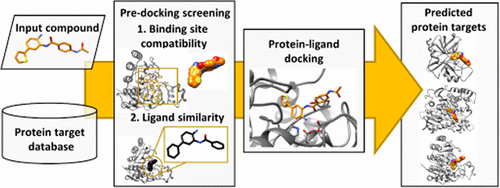A research paper titled "Structure-
and Similarity-Based Prediction of Protein Targets for Drug-like
Compounds," co-authored by a research team led by Professor Seok Cha-ok of
Seoul National University and Dr. Noah Biotech, has been published in the SCI-level
International Journal of Chemical Information and Modeling.
This paper introduces the technology that,
when there is a new drug structure, can quickly screen the proteins that the
drug is likely to combine, among the numerous proteins, and effectively predict
the target protein. Two approaches are mainly used to predict the bonds between
proteins and compounds, each with its own limitations. Ligand-based method
relying on similarity to ligands of known interactions are effective only when
similar protein–ligand interactions are known. Receptor-based methods
predicting protein–ligand interactions by molecular docking are effective only
when high-accuracy receptor structures and binding sites are available.
Moreover, the computational cost of molecular docking tends to be too high to
be applied to the entire protein structure database.
In this paper, using both approaches, a new
technique for efficient and quick screening of target proteins was presented.
It is characterized by pre-docking screening before entering the molecular
docking phase, which requires a lot of resources for calculation. Structure and
property information of compound/protein within the binding site, and
structural similarity of compound is used to perform combined pre-docking
screening using the AI technology. Through this process, the number of target
proteins is reduced, and the final target protein is screened by performing protein-ligand
docking. The key here is that the combined pre-docking screening process saves
computation and time, while it maintains overall accuracy in prediction. Based
on these technologies, Dr. Noah Biotech is confident that it will be able to predict
new effects and side effects by predicting targets and off-target proteins more
quickly and accurately for new drugs.

Article link : https://pubs.acs.org/doi/10.1021/acs.jcim.0c00104



